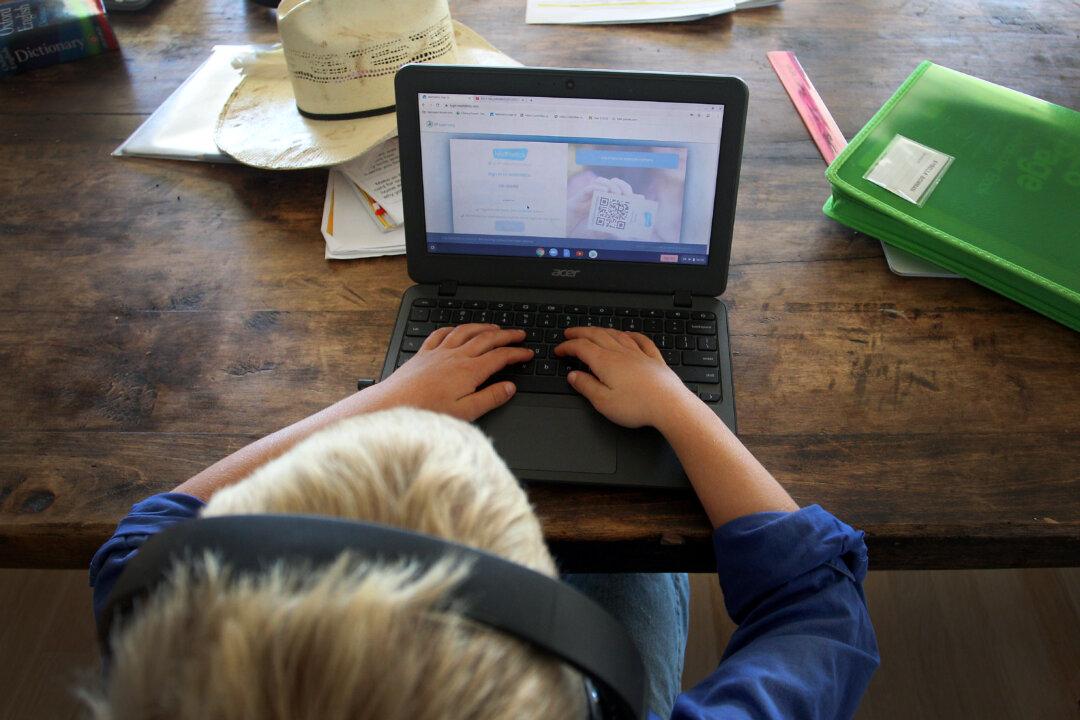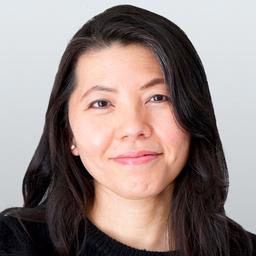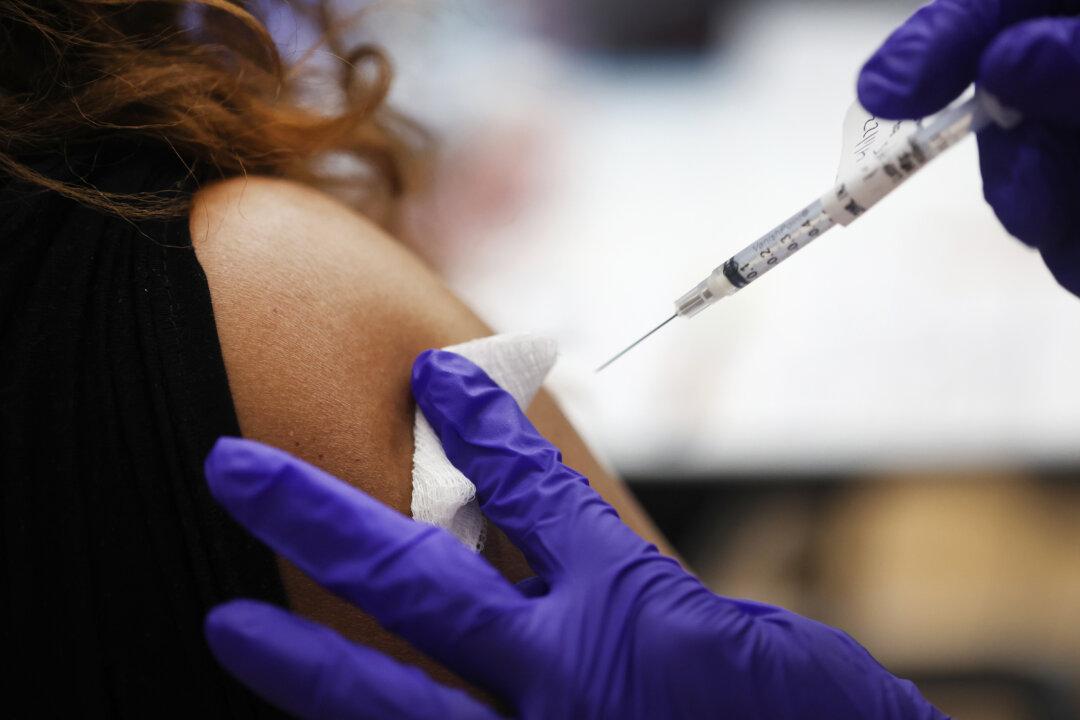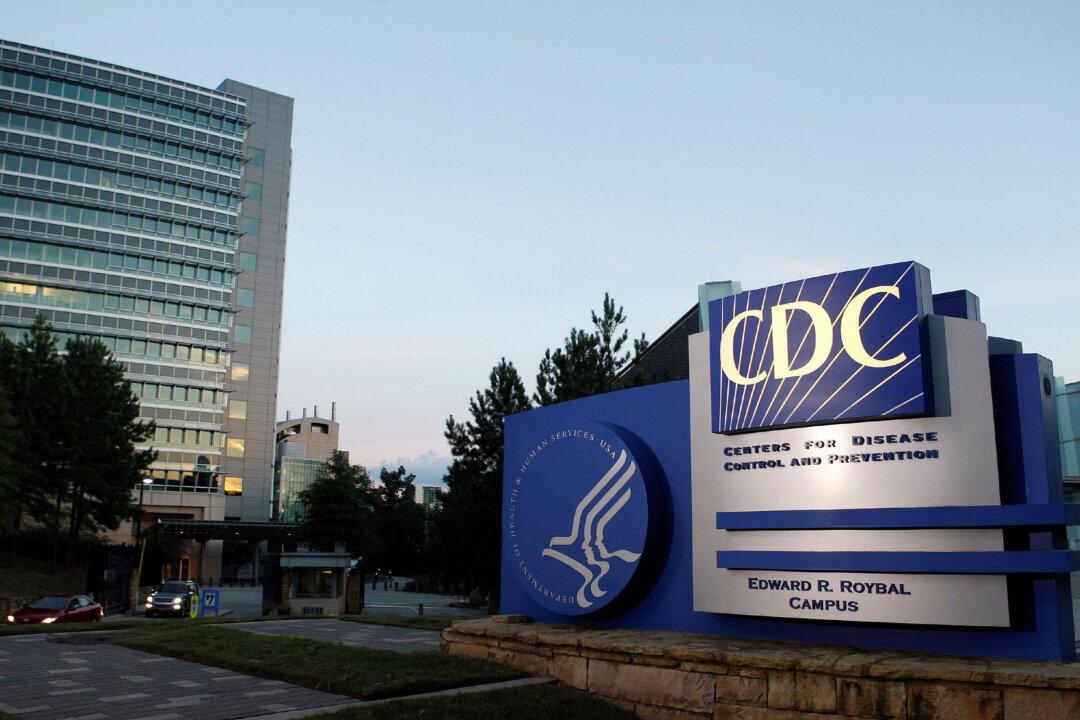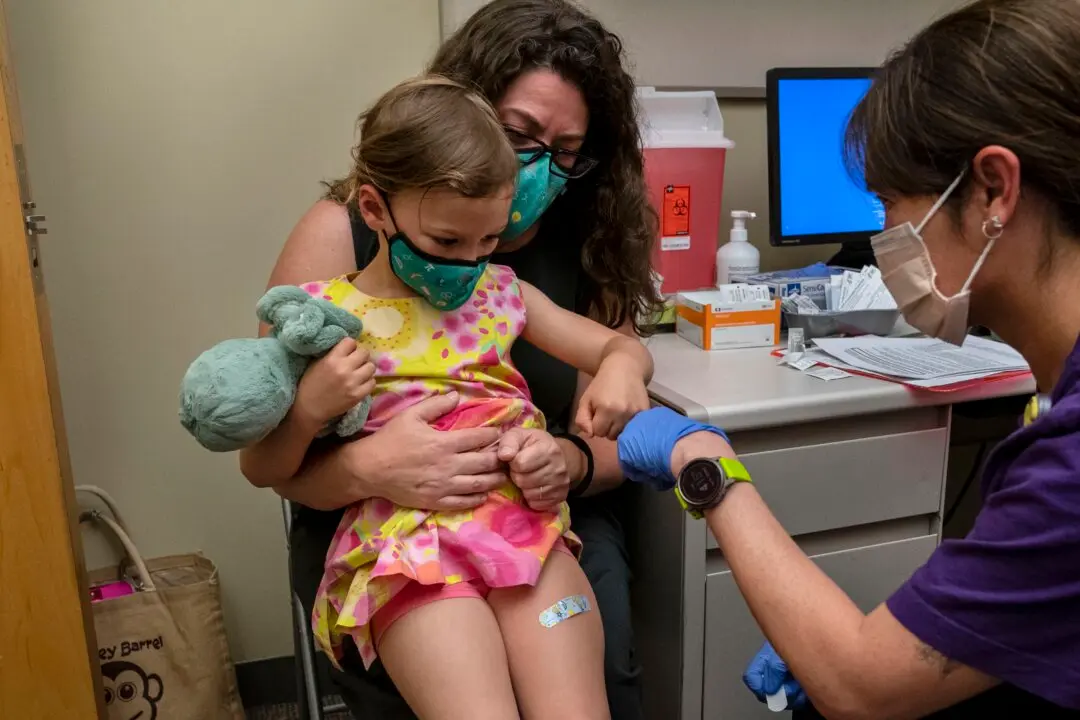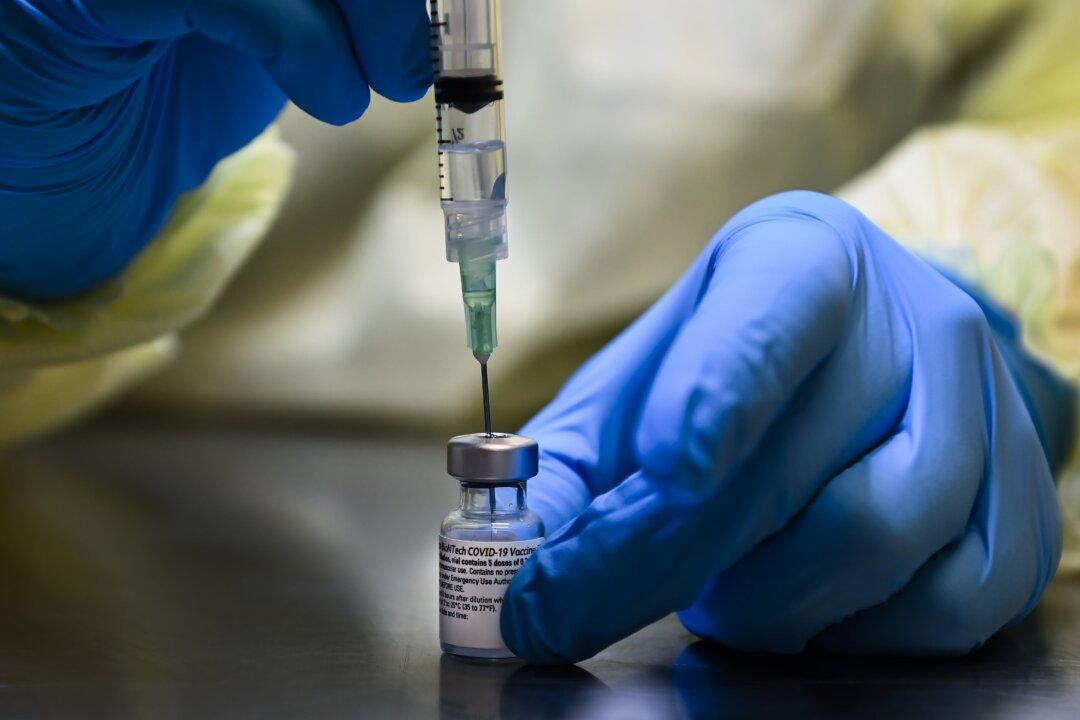Parents are turning to homeschool or private schools during the pandemic after witnessing their child struggle with virtual learning, and the harm being done to their child’s mental or emotional wellbeing as a result of the pandemic measurements taken to stop the spread of COVID-19.
Alex Maloney was thriving and finding his voice with the dozen or so words he had learned over two years of speech therapy before his school had to switch to remote learning last year in March due to the CCP (Chinese Communist Party) virus pandemic.

